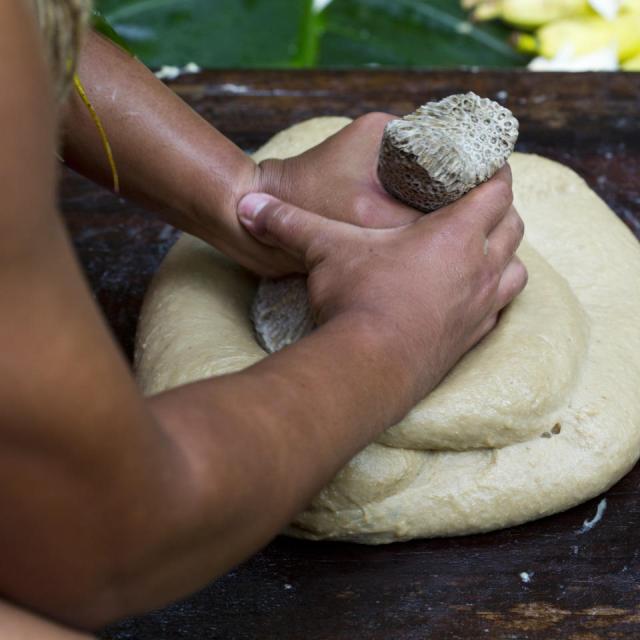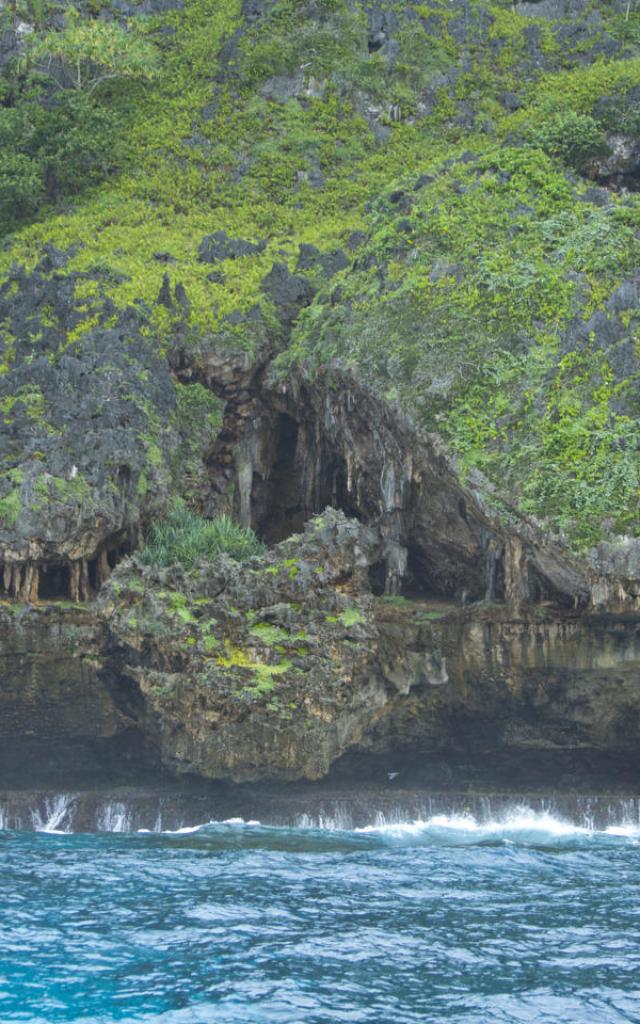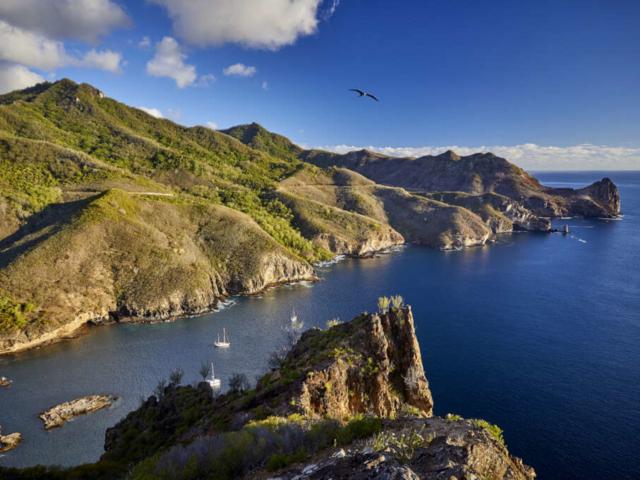
A stroll through the taro fields
Take a stroll through the taro fields when you’re in Rurutu. You’ll see them everywhere, and the best ones are in Avera. Growing taro is hard work. Firstly, you have to dig the trenches, then dig the holes for the plant using an iron digging bar. After planting, you must cover the plants with mulch and make sure that they get plenty of water. The trenches serve as irrigation canals. The taro then takes about nine months to mature.
































